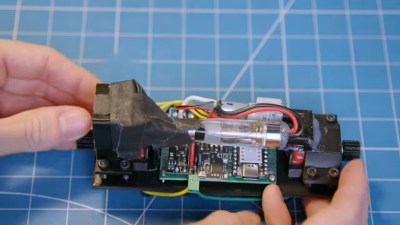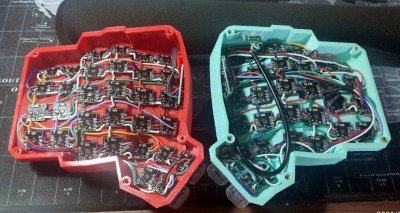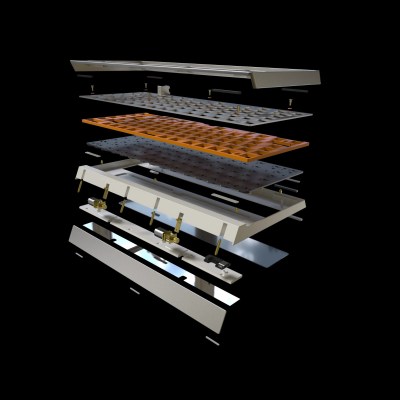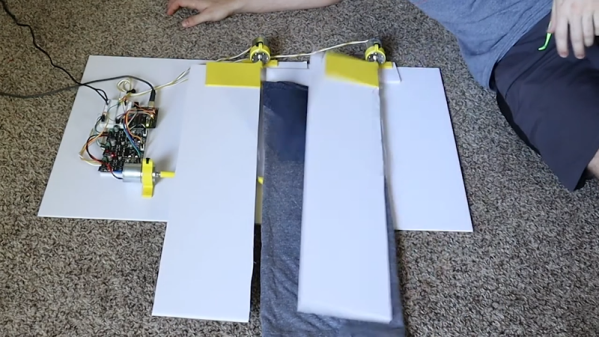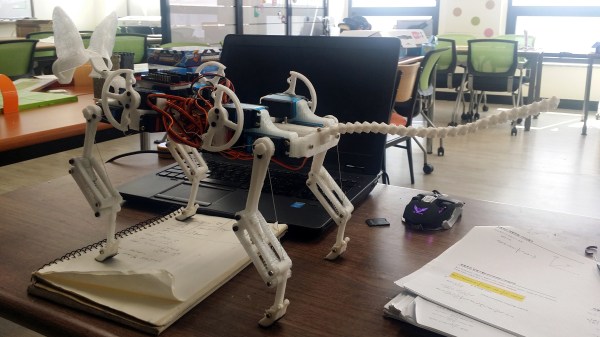The Etch-a-Sketch was a great toy if you were somehow born with the talent to use it. For the rest of us, it was a frustrating red brick filled with weird grey sand. [Every Flavor of Robot] has taken the irritating knob-encrusted oblong and turned it into something we can all enjoy, however, by building an Etch-a-Sketch camera!
The build is simple. It uses an ESP32 microcontroller to run the show, equipped with a camera. The camera is used to take a photo of the subject, and the image is then sent to a desktop computer. The desktop runs the image through an AI pipeline that generates a simplified version of the image, and the necessary G-Code to draw it on the Etch-A-Sketch. The toy’s knobs are operated by a pair of brushless motors which have been geared down to provide more torque.
It’s a neat project, and more details are available on GitHub. We’ve seen some other great mechanized Etch-a-Sketch builds before, too.



